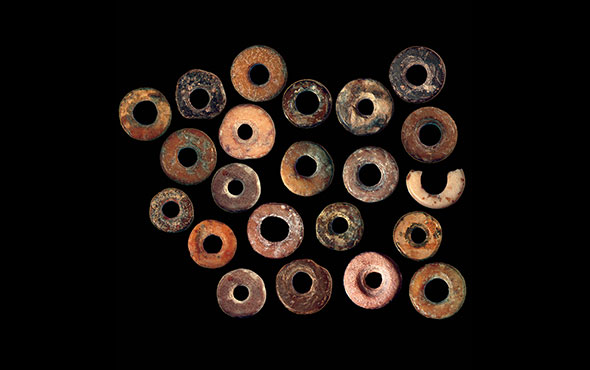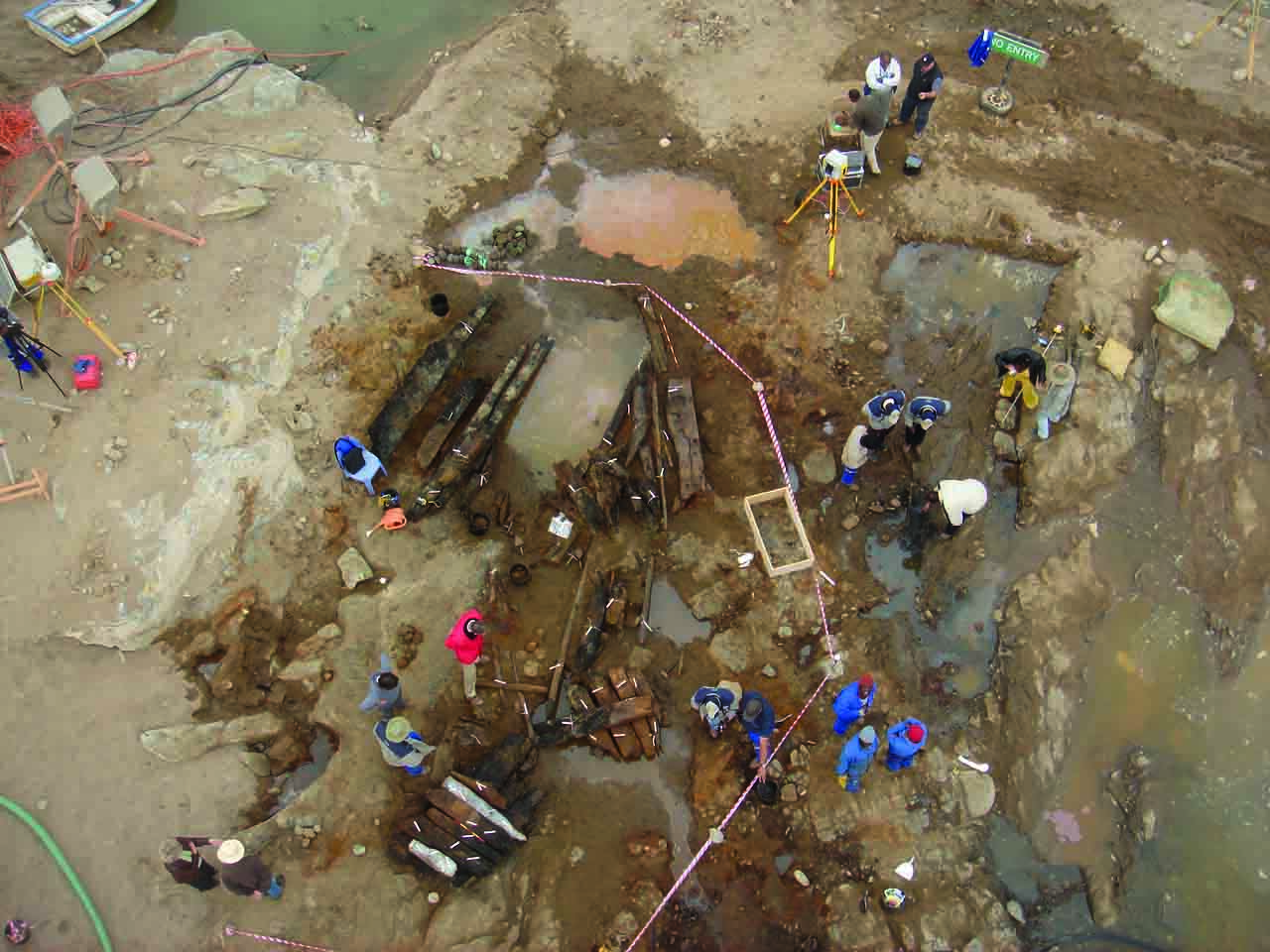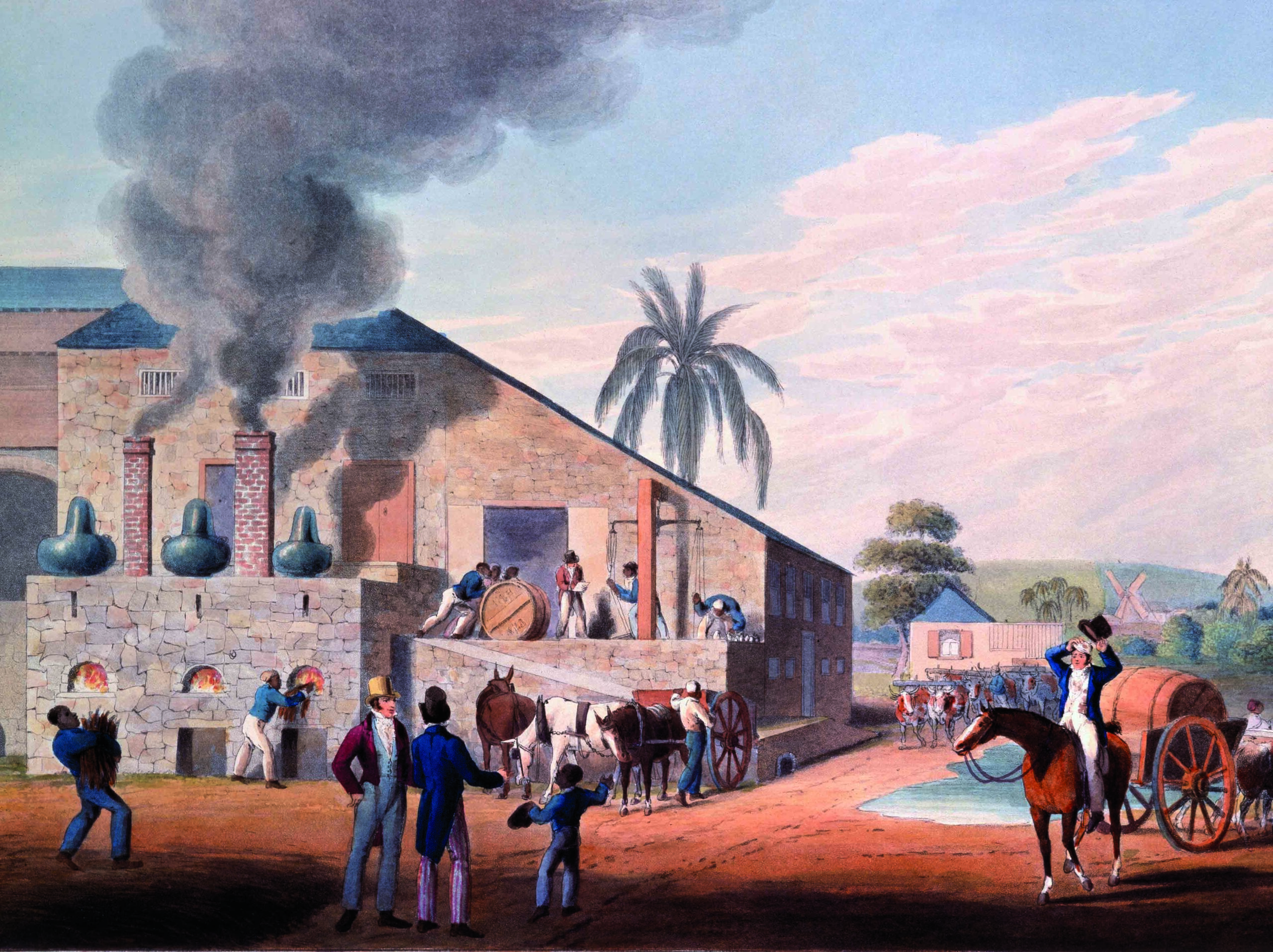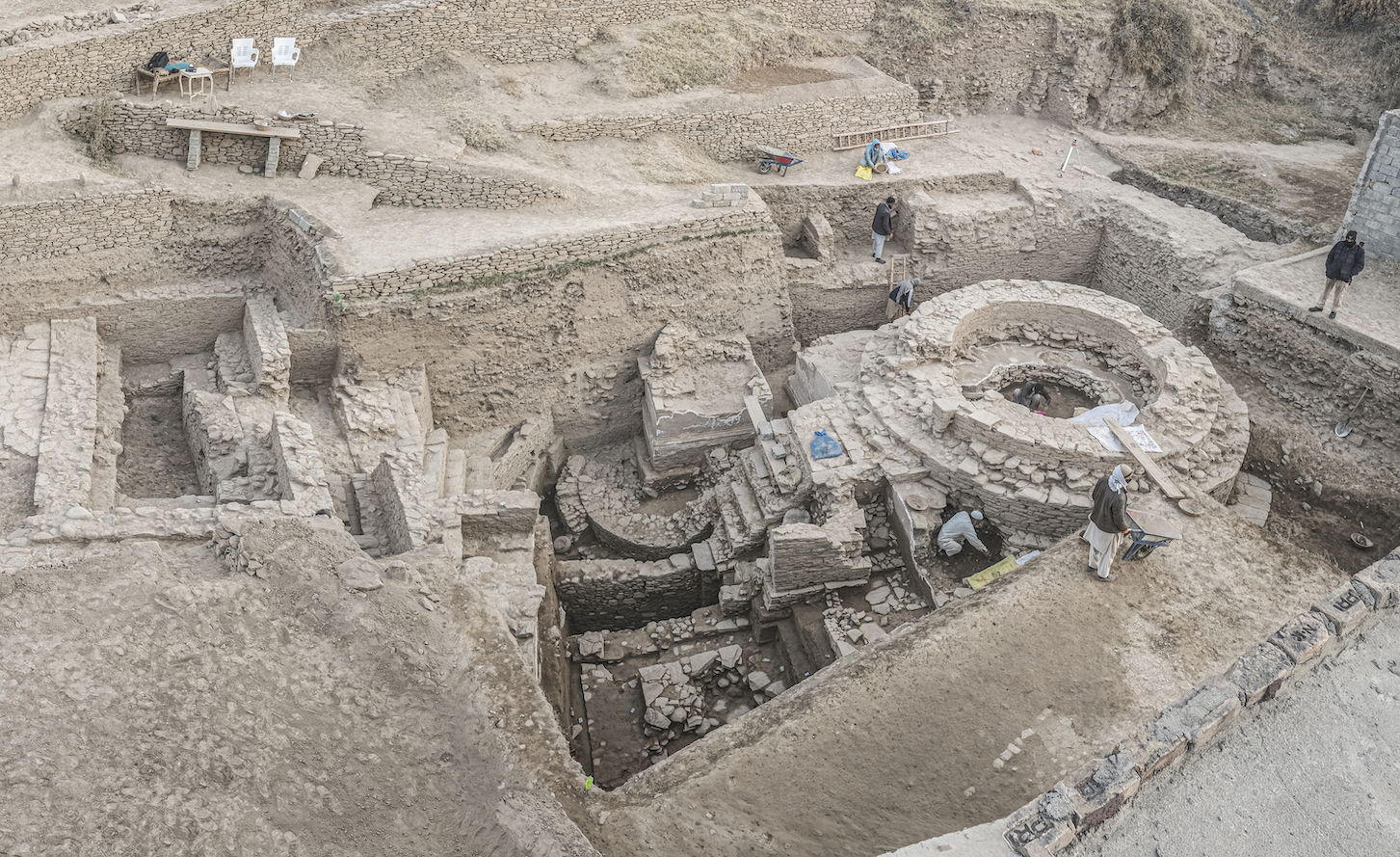
COLUMBIA, MISSOURI—According to a statement released by the University of Missouri-Columbia, researchers Jay Stephens of the University of Missouri, David Killick of the University of Arizona, and Shadreck Chirikure of the University of Oxford and the University of Cape Town have traced interactions between different groups of people living in central Africa and southern Africa from the fifth through the twentieth centuries A.D. through the analysis of copper ingots. It had been previously suggested that the ingots, which come in rectangular, fishtail, and croisette shapes, were produced exclusively in the Copperbelt region of central Africa, or in what is now known as Zimbabwe’s Magondi Belt. Stephens and his colleagues analyzed samples from 33 copper ingots held in museum collections. They then compared these results with hundreds of samples of copper ore taken from different geological deposits in Africa. The researchers also examined how the shapes of the ingots and the markings put on them changed over time. “The data shows the interaction between these groups not only involved the movement of goods, but also flows of information and the sharing of technological practices that come with that exchange,” Stephens said. He and his colleagues plan to expand the study by analyzing copper ingots from additional sites in South Africa and Malawi. To read about one of the world's oldest metalworking traditions, go to "The Copper Standard."










